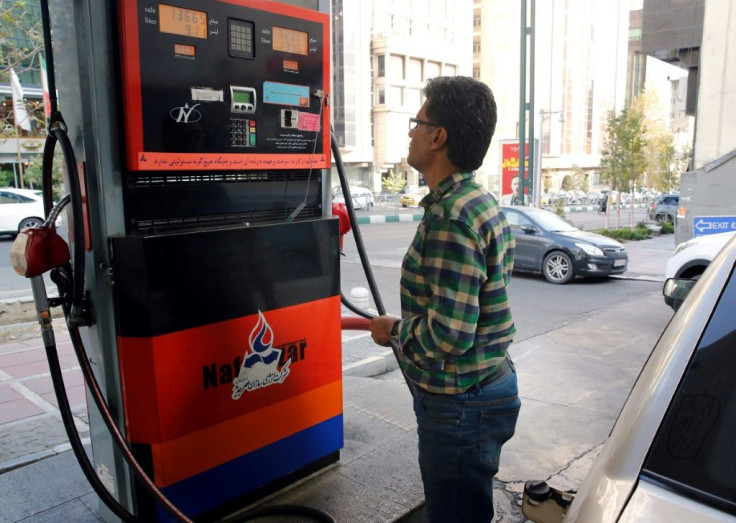Gas Prices Continue To Surge After Weekend’s $5 A Gallon Record High
Gas prices continue to skyrocket Monday after hitting an average record high of $5 a gallon over the weekend.
As of Monday, the national average gas price was $5.014 per gallon, up from $4.432 a gallon a month ago and $3.078 a gallon a year ago, according to the American Automobile Association (AAA).
At least 19 states have gas at an average price over $5 a gallon, with California’s average gas price surging at an average of $6.436 per gallon. Georgia is still seeing the lowest average price at $4.484 a gallon.
But as gas prices continue to spike, many experts are not optimistic about their possible decline, with some predicting a possible $6 a gallon national average nearing.
Natasha Kaneva, head of JPMorgan’s global commodities strategy team, has said that gas prices could hit a national average of $6.20 a gallon by August. She wrote in a client note obtained by Fox News in mid-May that the rise in prices is expected by “strong driving demand” throughout the summer driving season from Memorial Day to Labor Day.
Patrick De Haan, head of petroleum analysis at gas tracker site GasBuddy, also sees the potential for $6 a gallon gas prices. He told Fox News’ “Varney & Co.” last week, “we’re going to be swimming in these high prices for a while,” adding $6 a gallon national average gas price could hit in the coming months.
High demand for gas amid the peak summer travel season coupled by the Russia-Ukraine war and inflation woes are causing increasing gas prices, which could only worsen if a hurricane hits the Gulf Coast region, causing a refinery to close.
As far as when prices will ease, Matt Smith, the lead oil analyst at Kpler, provided some insight to Benzinga, as reported by Business Insider, on what he foresees, and it doesn’t look hopeful.
He told the news outlet, “I'm not sure that there's anything that can be done, aside from the Russian situation, you know, because you've got OPEC plus, and you have Saudi Arabia, who is already exporting about seven million pounds a day. If they're not incentivized to export more barrels, at $120 per barrel, then nothing is going to incentivize them.
“The only way that we do see prices come low is from demand destruction, but then again, you know, we're at $5 on the national average, with many states paying just above that, and we've all been pent-up for the last couple of years, you know? And so, a high price at the pump is unlikely to stop us from hopping in the car and going on a road trip this summer.”
Crude oil was trading at a $119 barrel as of early Monday morning, according to OilPrice.com.

© Copyright IBTimes 2025. All rights reserved.





















